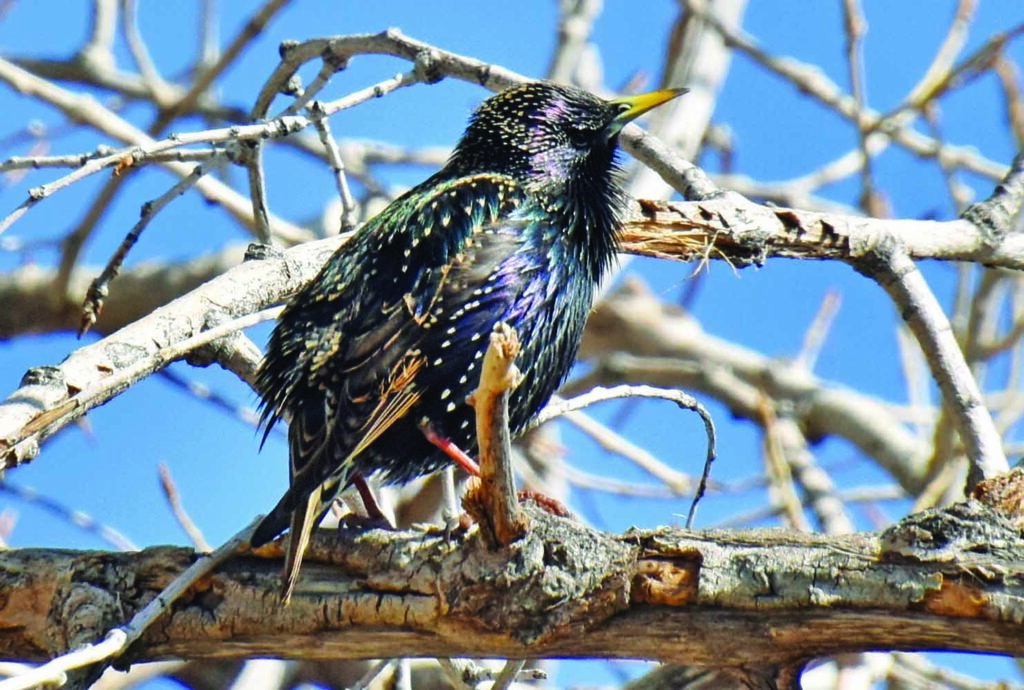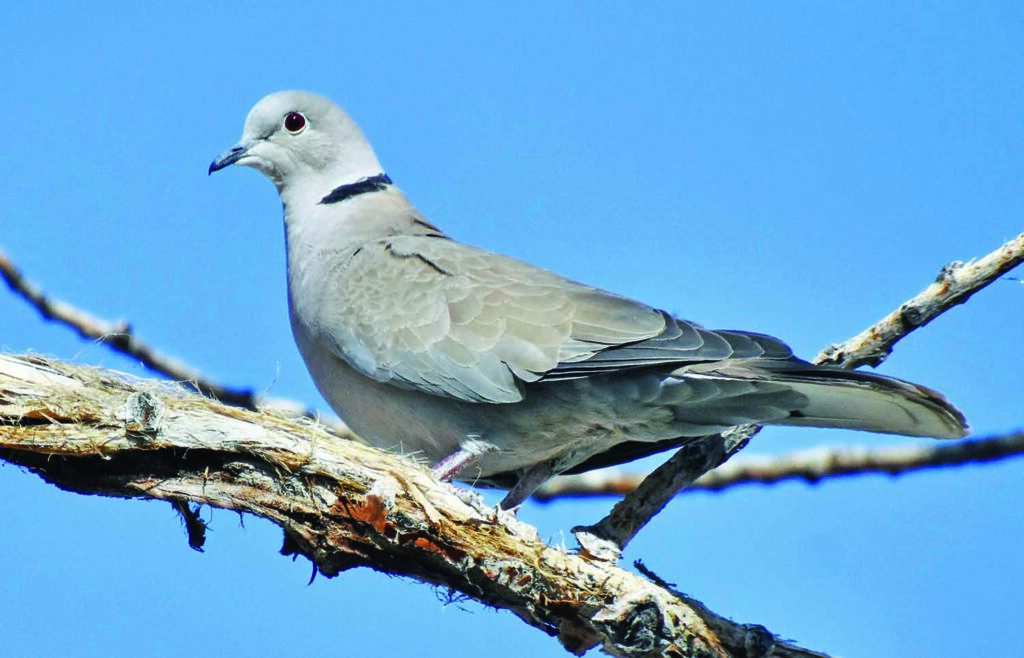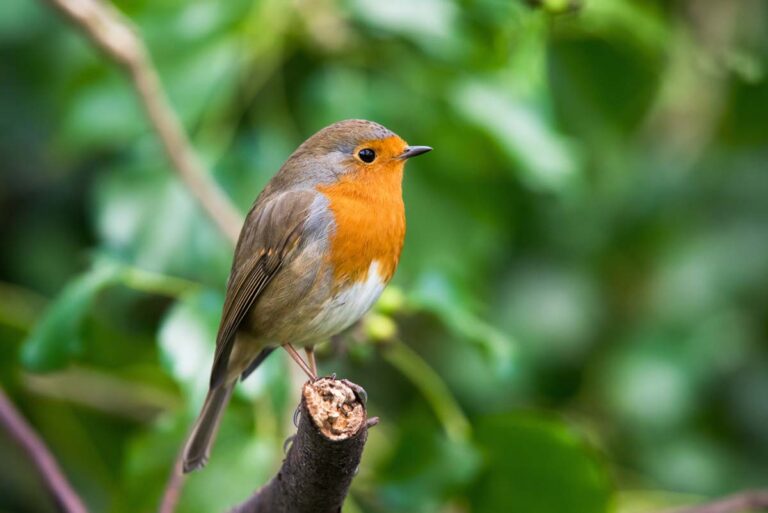Happy February nature lovers. Ken Hall, aka “Bird Nut” here.
The new year has started out as a fantastic year for bird watchers. Many birds that I typically do not see in winter are showing themselves: Great Blue Herons, Wilson’s Snipe, (yes Snipe really do exist), Yellow Rump Warblers, Black Phoebe’s and many more. Another little bird has caused quite a stir of excitement along the Clear Creek greenbelt, a Cape May Warbler. About eight states out of its territory. The word got out, drawing large crowds. I did actually see the beautiful little bird before the crowd became too much.
But what I’m writing about today are four commonly seen birds that raise strong negative passions in many. They are labeled invasive. The new-age term for despised. This is where I throw out a really large word. Anthropomorphism – Ascribing human characteristics or actions to non human things. Some make these birds sound like a gang plotting national takeover, labeling them as vicious, other worldly, venomous creatures.
So let me introduce you to four of these birds. And how they happen to be here, by no fault of their own.



House Sparrow (formerly English Sparrow
House Sparrows were deliberately imported from Europe and released in the United States in part to establish wildlife familiar to European immigrants. House Sparrows are beautifully marked birds, predominantly ground feeders, hopping about digging seeds and insects. They are lazy nesters, quite often taking over nests of other birds, or laying an egg for some unknowing bird to raise. Their numbers have leveled off over the last several years.
European Starling
In America starlings are descended from 100 birds set loose in New York’s Central Park in the early 1890s. They were intentionally released by a group wanting America to have all the birds Shakespeare ever mentioned. Starlings are absolutely beautiful birds. Predominantly black with white streaks or dots, they have an almost oily looking iridescence of blue and purple. In large numbers they can cause crop farmers big problems, and they can also empty my bird feeder in record time. Starlings are tremendous mimics known to make over 40 different calls of other species. They have also been taught to speak words.
Eurasian Collared Doves
These birds made their way to North America in the 1970s via the Bahamas, where several birds escaped from a pet shop during a burglary. The shop owner then released the remaining flock of nearly 50 birds. These birds are gorgeous with a pinkish tan body, a black collar and a rather loud and repetitive song, unlike the melodic song of a Mourning Dove. Some believe they are forcing Mourning Doves to leave their habitat. I have watched the interactions of these two doves and only see positive coexistence. I call them my clean up crew, and they rummage about eating the seeds other birds don’t want.
Rock Dove, better known as a Pigeon
First introduced by the French at Port Royal, Nova Scotia in 1606 as a food source, but they have flourished throughout North America and South America, drawn to large city areas. I have spent enough time in big cities to understand these birds can be quite messy. They are opportunistic feeders rummaging for handouts and leaving their mark on sidewalks and cars. But stop and just look at them, they are gorgeous birds adapted to highly populated areas.
You might notice none of these birds are here due to some plot to take over America. They are here due to human involvement, or lack of. They have all adapted well to the diverse environment available to them in this country. And no matter the amount of hatred thrown out towards these birds, they are here to stay. So give them a break. All four are exceptionally beautiful birds. Have a wonderful February. Happy Birding.
Find more of Ken’s observations and photographs at the Facebook Group: Birds Of Colorado.





